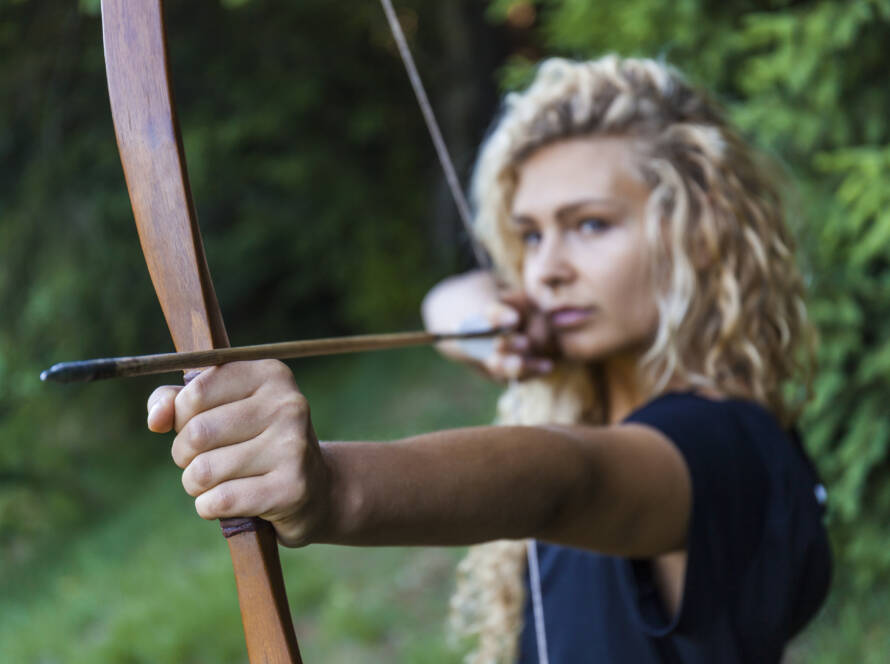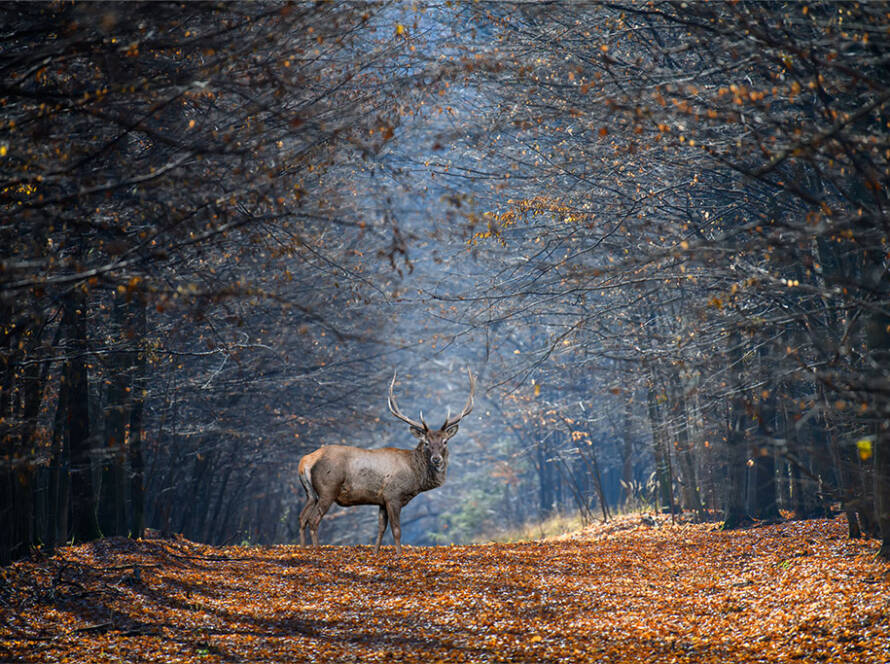When to call
Just because you can call, doesn’t mean you should. You have to remember that by calling you are in essence speaking a language the whitetail will understand and respond to and so timing the call is just as important as actually making the call.
So, for example, using a rattle or scraping antlers against bushes in late April/early May when the buck have shed their horns won’t get much of a response because by then their testosterone levels have dropped, breeding is over and no buck is going to get into a tussle if they don’t have the weaponry, plus hunting season is closed by then anyways, so you probably shouldn’t be hunting.
The vast majority of hunters that use calling as a means of hunting whitetail bucks will collectively agree that the ideal time for calling will be during the rut when bucks are on high testosterone and it clouds their logic and they are more inclined to respond to anything that may resemble a doe or a good scrap over a doe.
A similar argument can be made for early September when it is usually bow season in most states. Bucks are still in bachelor groups and relatively tolerant of one another, hence using a rattle call may not get the desired effect.
One of the best pieces of advice heard around the fire at deer camp came from a seasoned whitetail that has counted more points in his life than there were hairs left on his head. He said, “If you are trying to call and not making it a believable story then no one will believe you.” He then went on to explain that he doesn’t simply call in the hopes of getting a response, rather he mixes up a variety of calls to create the perception that something is actually happening.
For example, in the very early mornings when it was light but the sun was still low on the horizon he would throw out a loud buck bark, followed by antlers rattling. He would then wait 8 – 10 minutes and give multiple doe bleats.
His thinking was that the resident big buck of the area would hear the bark, followed by the rattle, presuming two bucks had just entered his domain and then the final doe bleat would symbolize the winner of that fight was now going after his female. Now, what buck could resist a story like that in the middle of the rut?
Enough is enough
Sometimes you just have to call it quits or not even try at all. Sure, we get it there is a thrill in calling in a buck, but it isn’t always necessary.
Before you start inhaling to send out a giant distress call, take 20 minutes or even an hour to sit and wait, chances are there is a doe just about ready to enter the food plot and a big buck is hot on her heels.
If a buck is on a trail headed directly towards you or perhaps they are standing off to the side already alert with ears perked and eyes scanning, it is best just to leave them be. Calling now may give your position way and it may be a good few days before that deer returns to the area.
A mistake that most new callers make is to call continuously, getting louder and more irate with each call because nothing has come in, or rather they have thrown out all kinds of calls in the hopes that something has responded and all they have done is to get the deer thinking “Why on earth is that poor jack rabbit squealing while those bucks are fighting over a fawn that is looking for its mama who is bleating cause she is ready to be mated again?” Keep it simple and know when enough is enough, or less is more. Sure you get the point.



